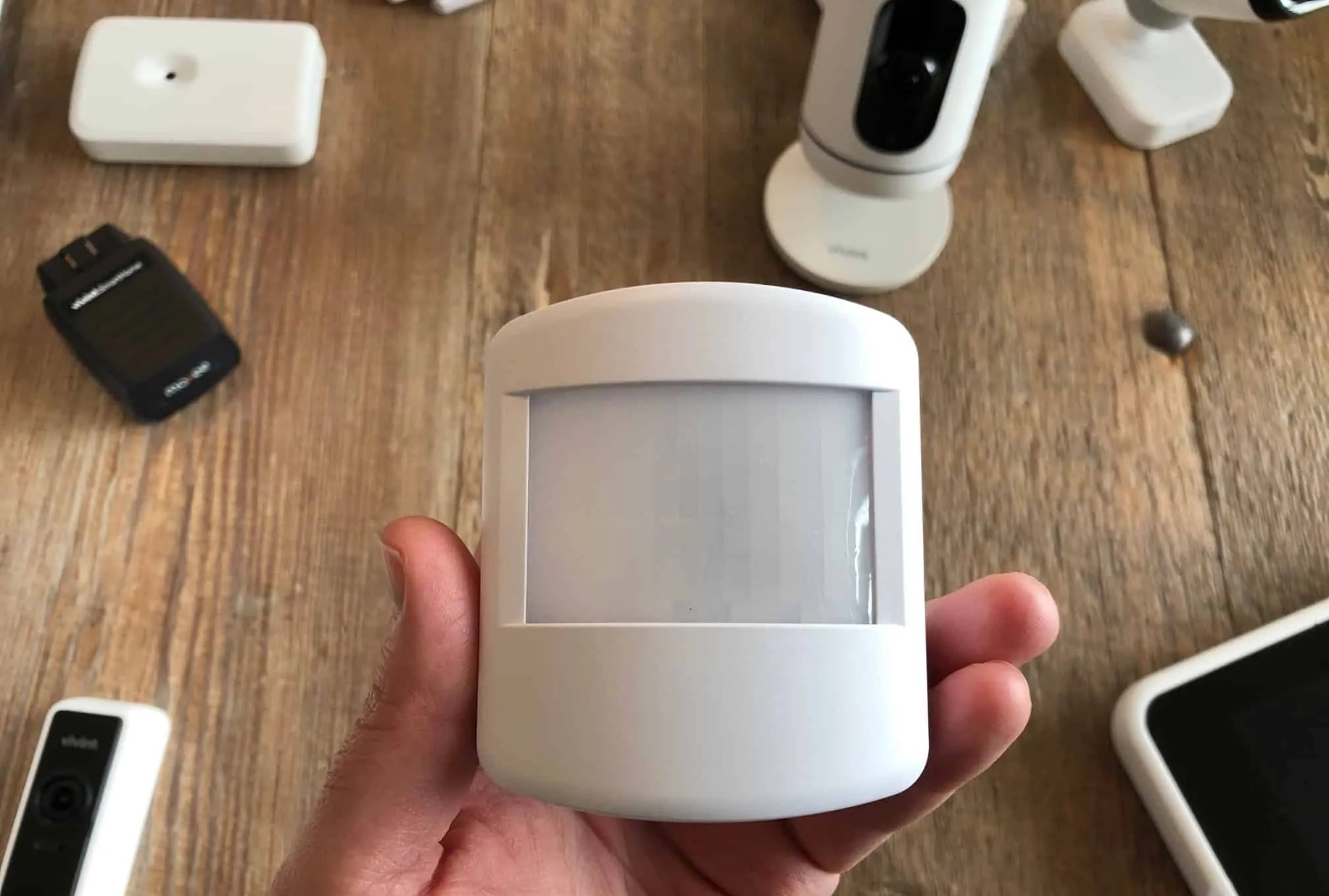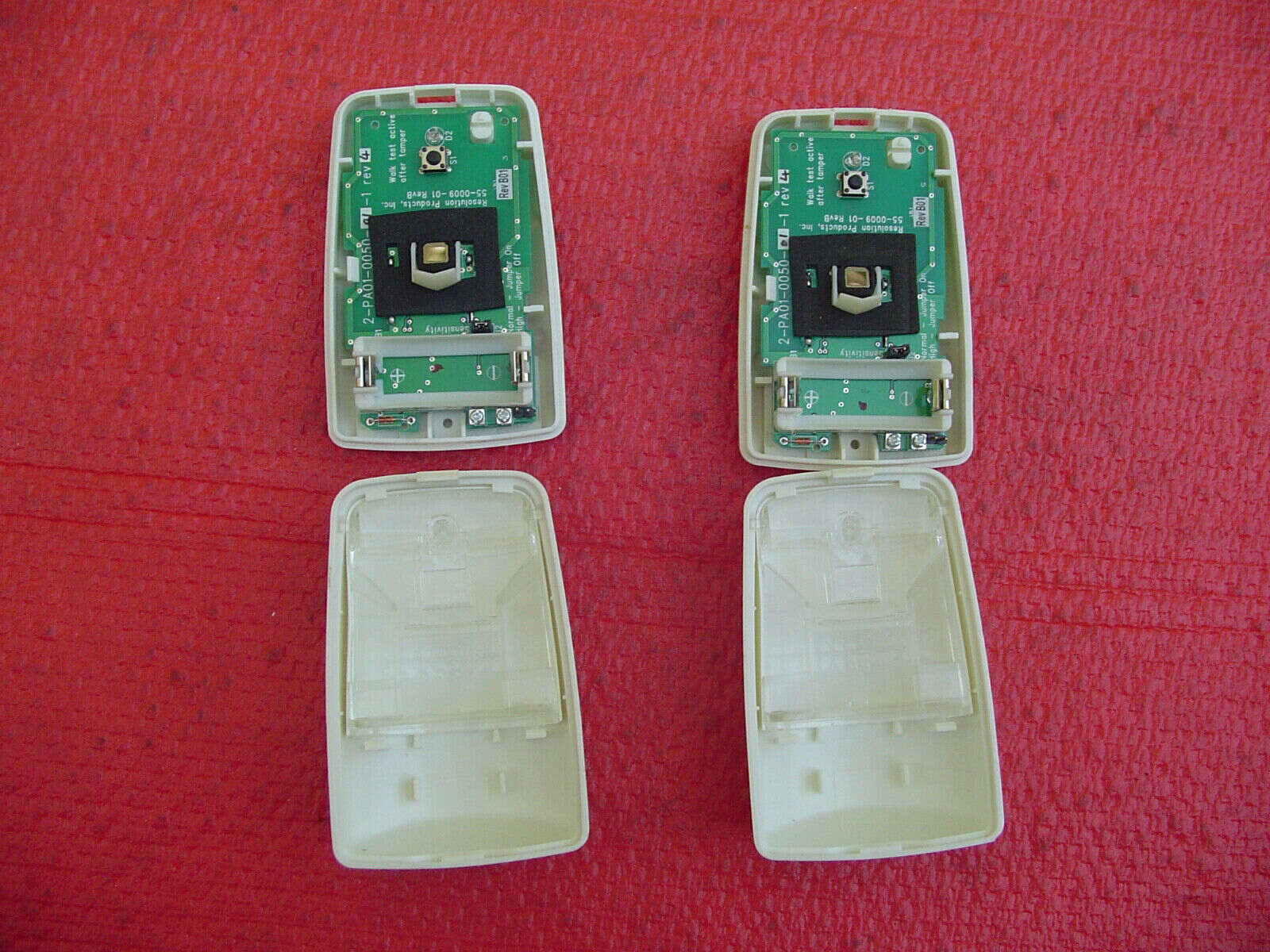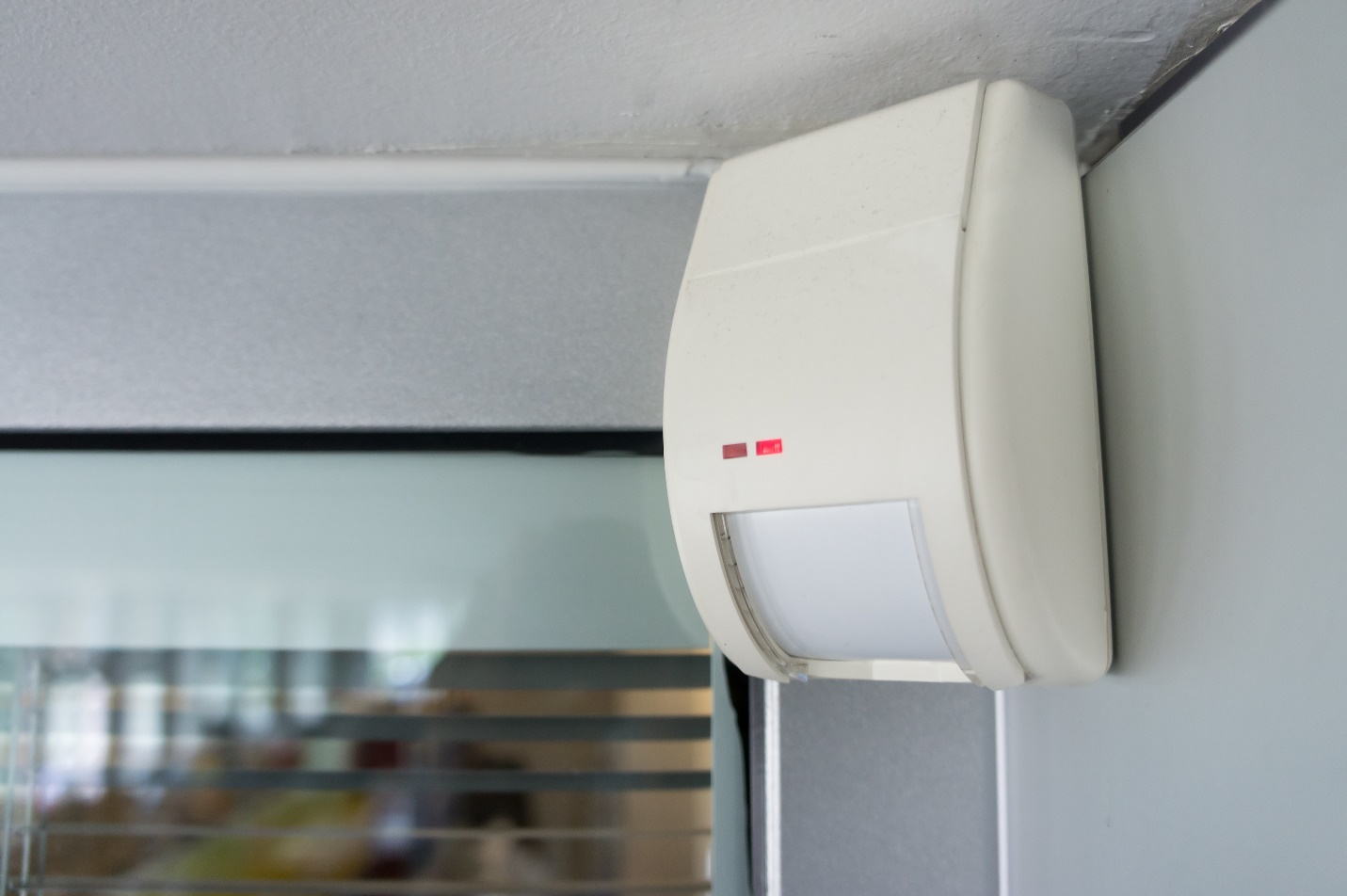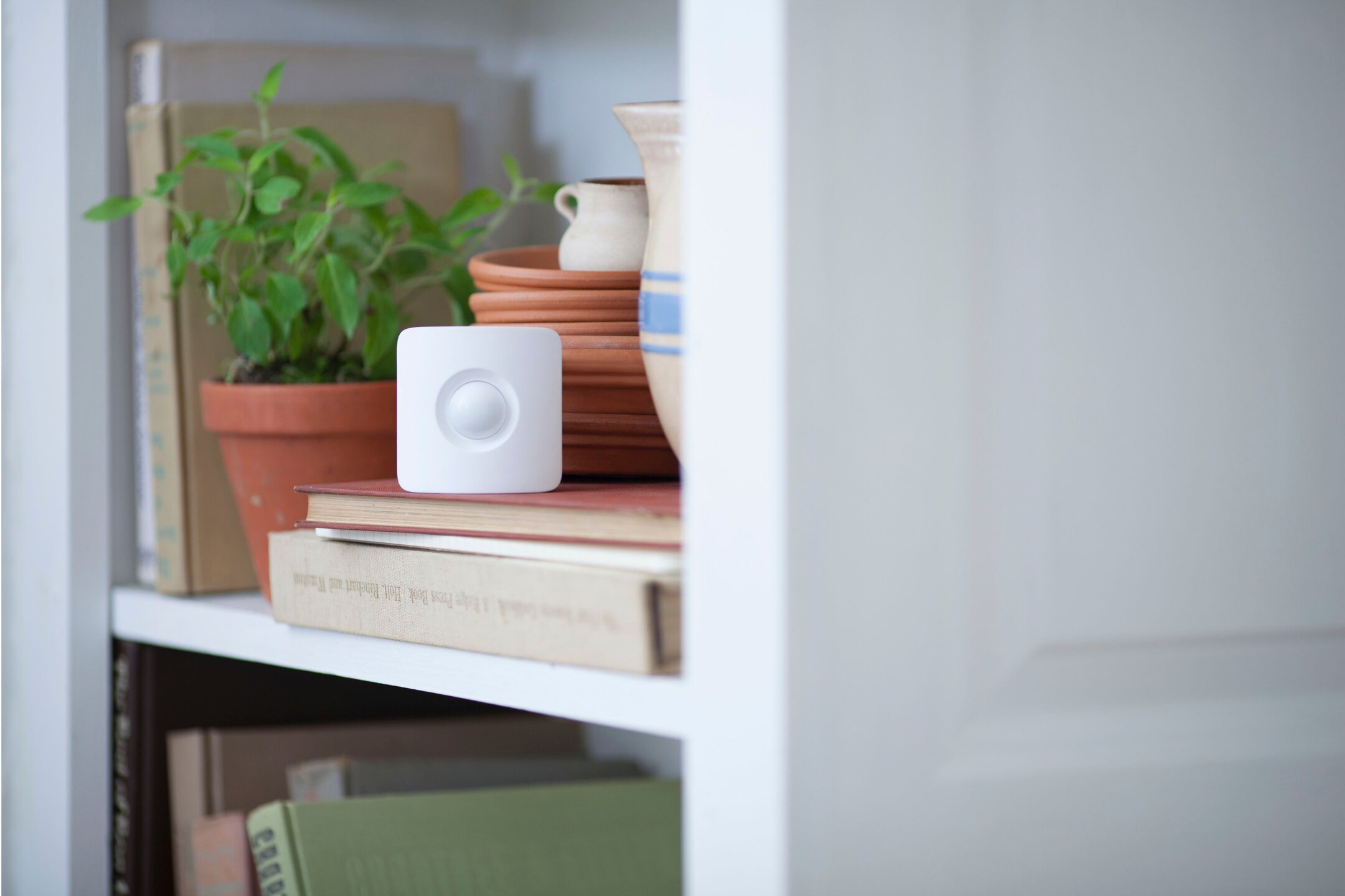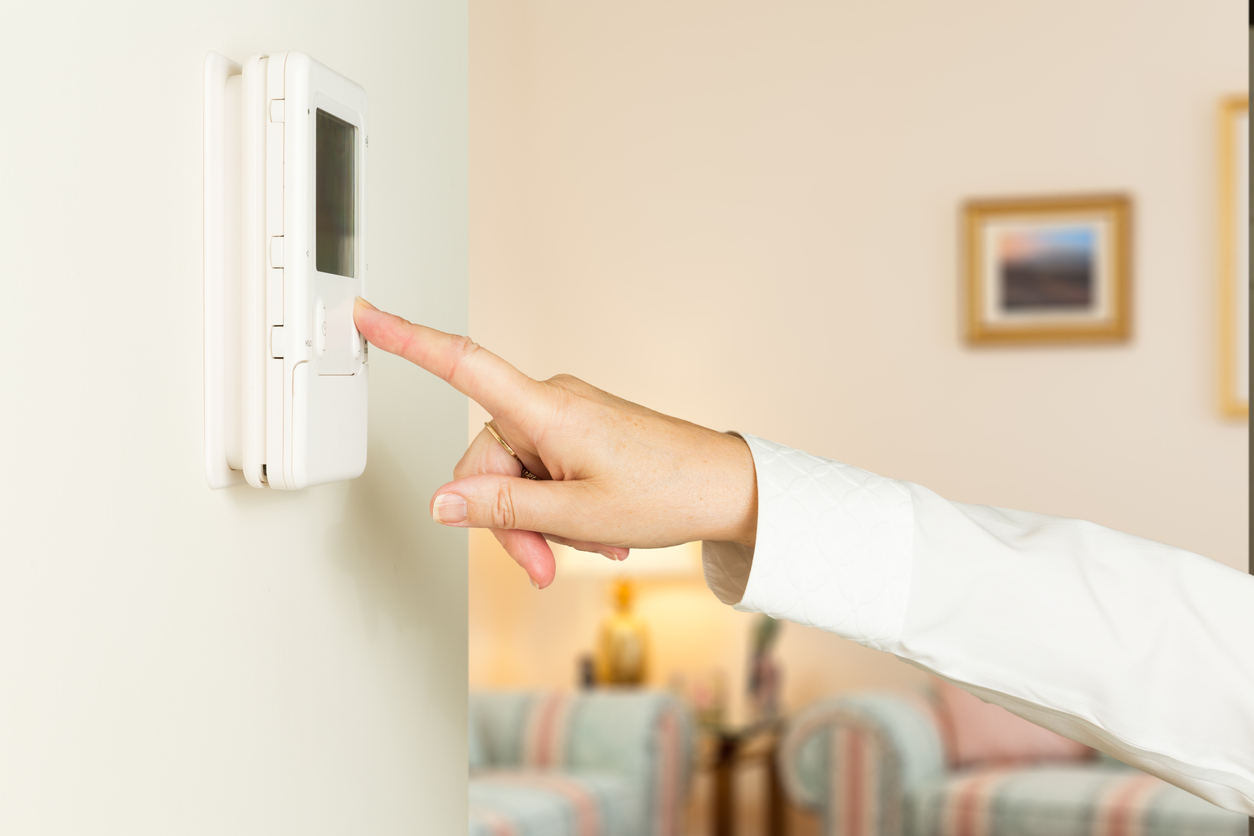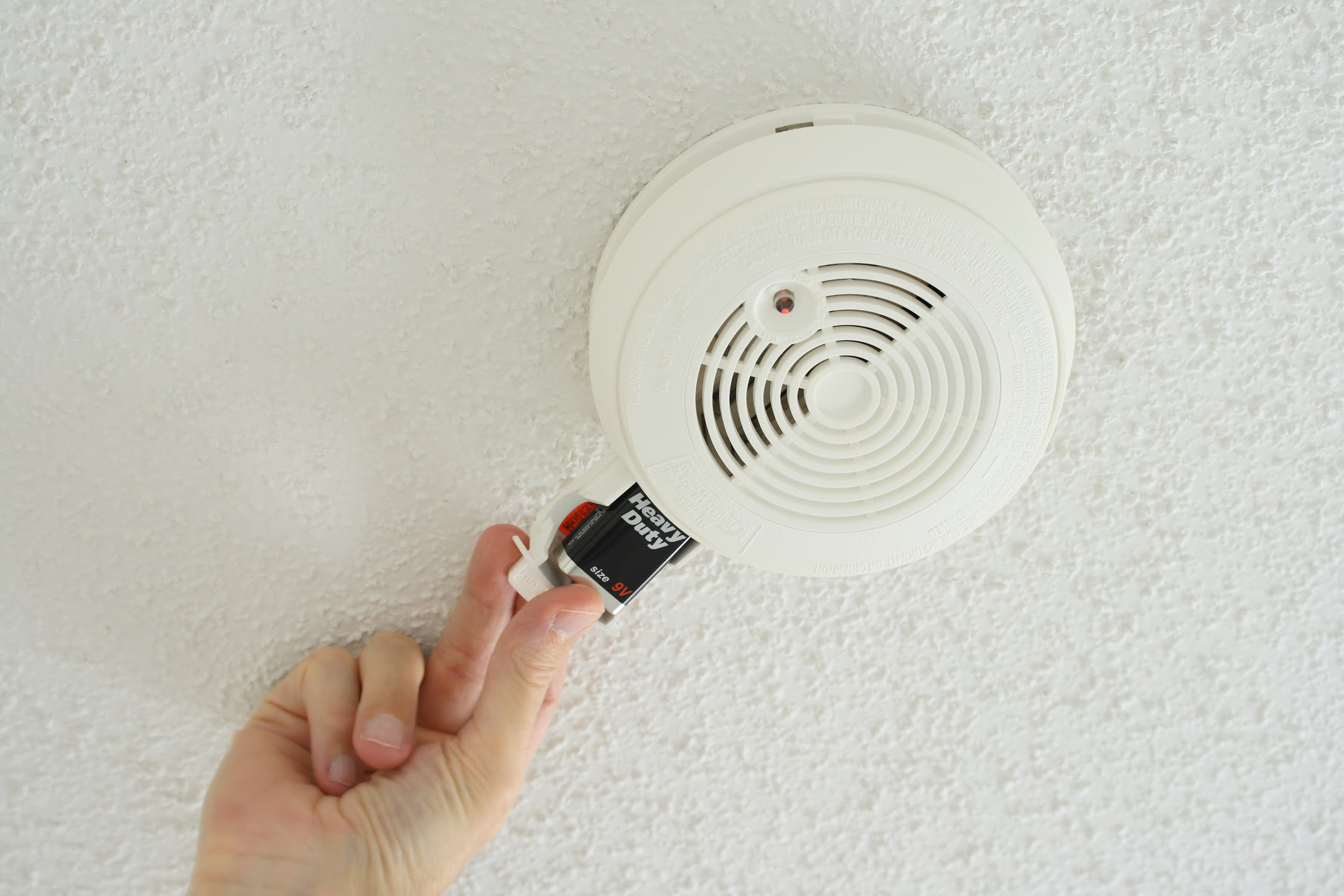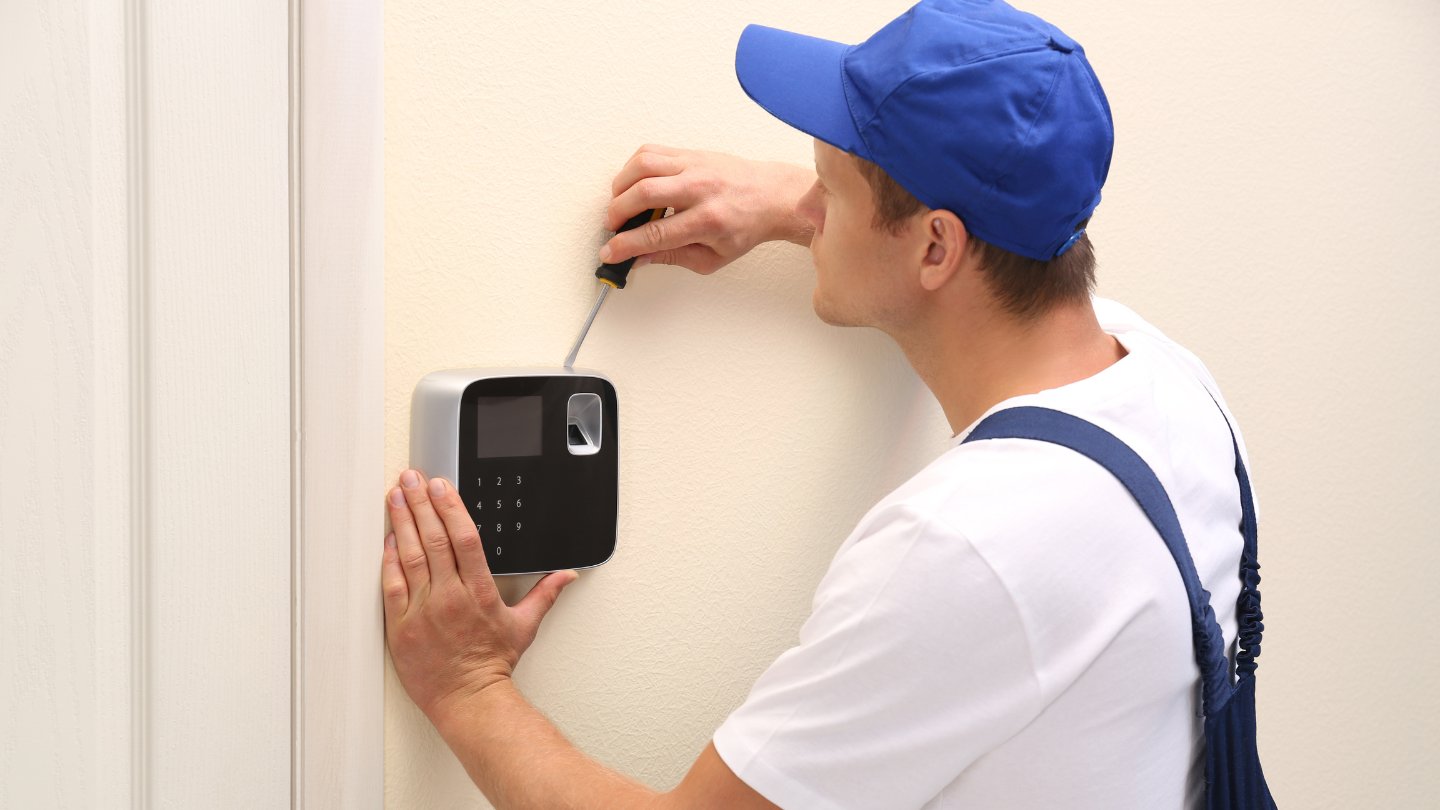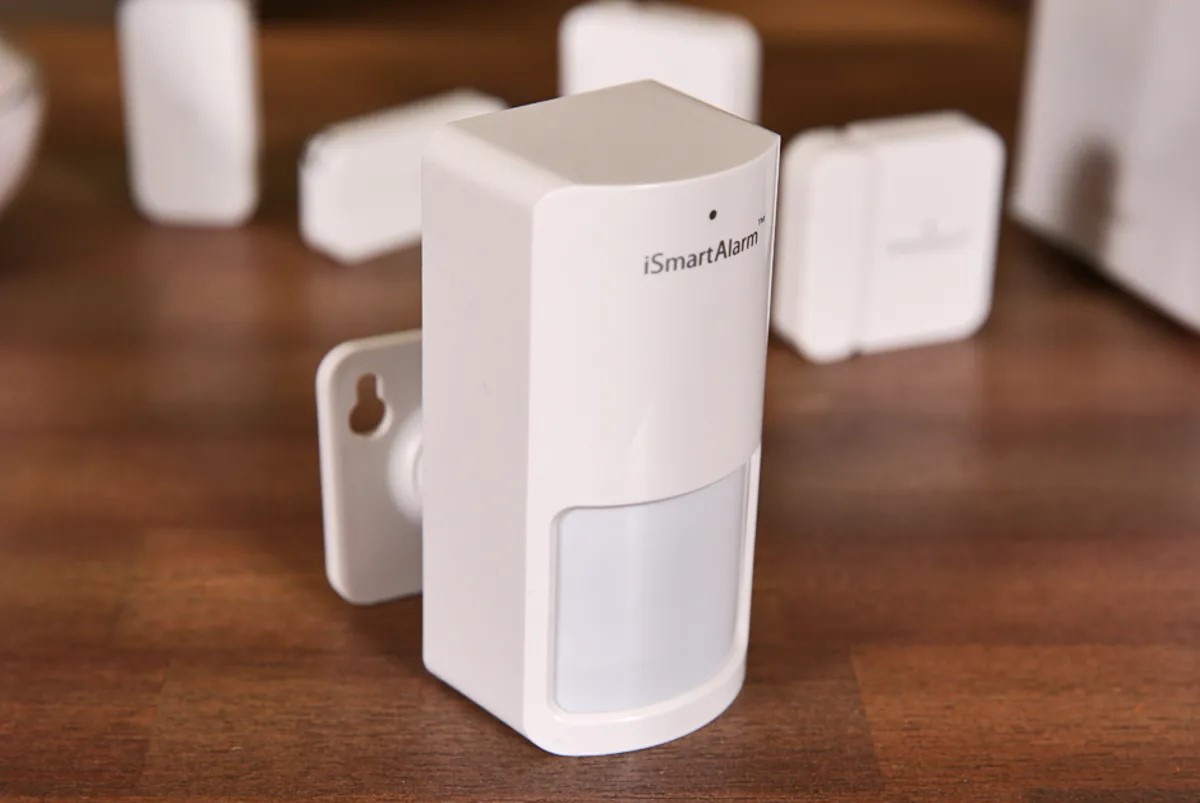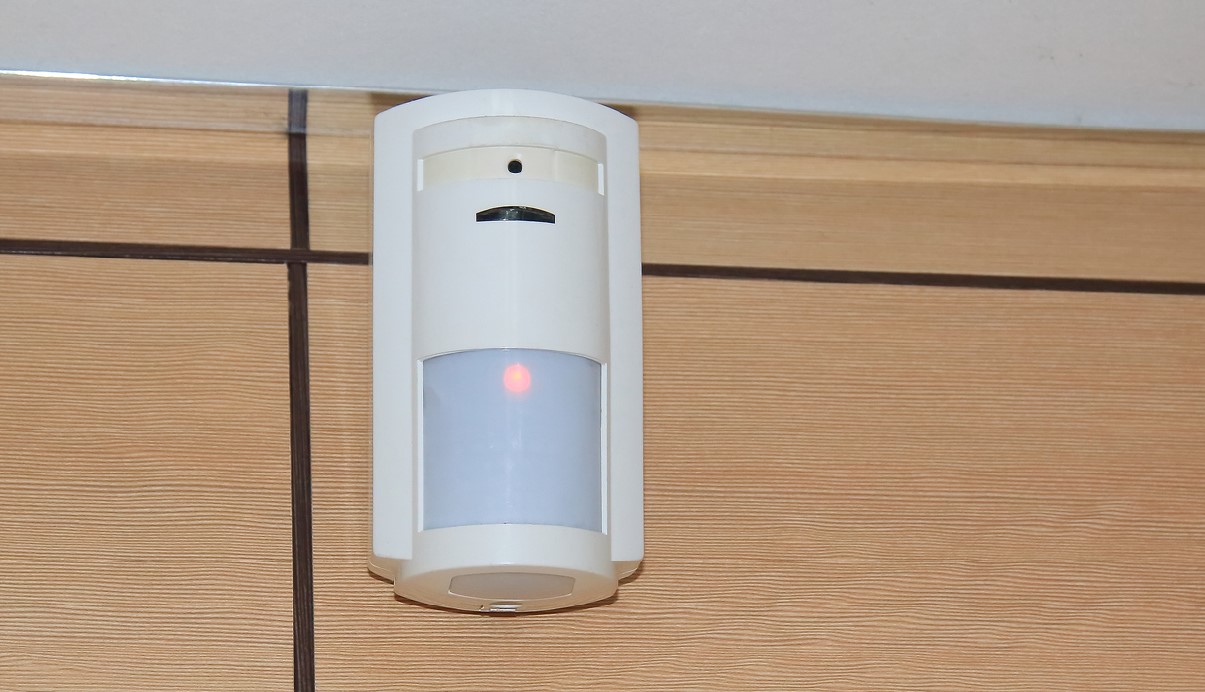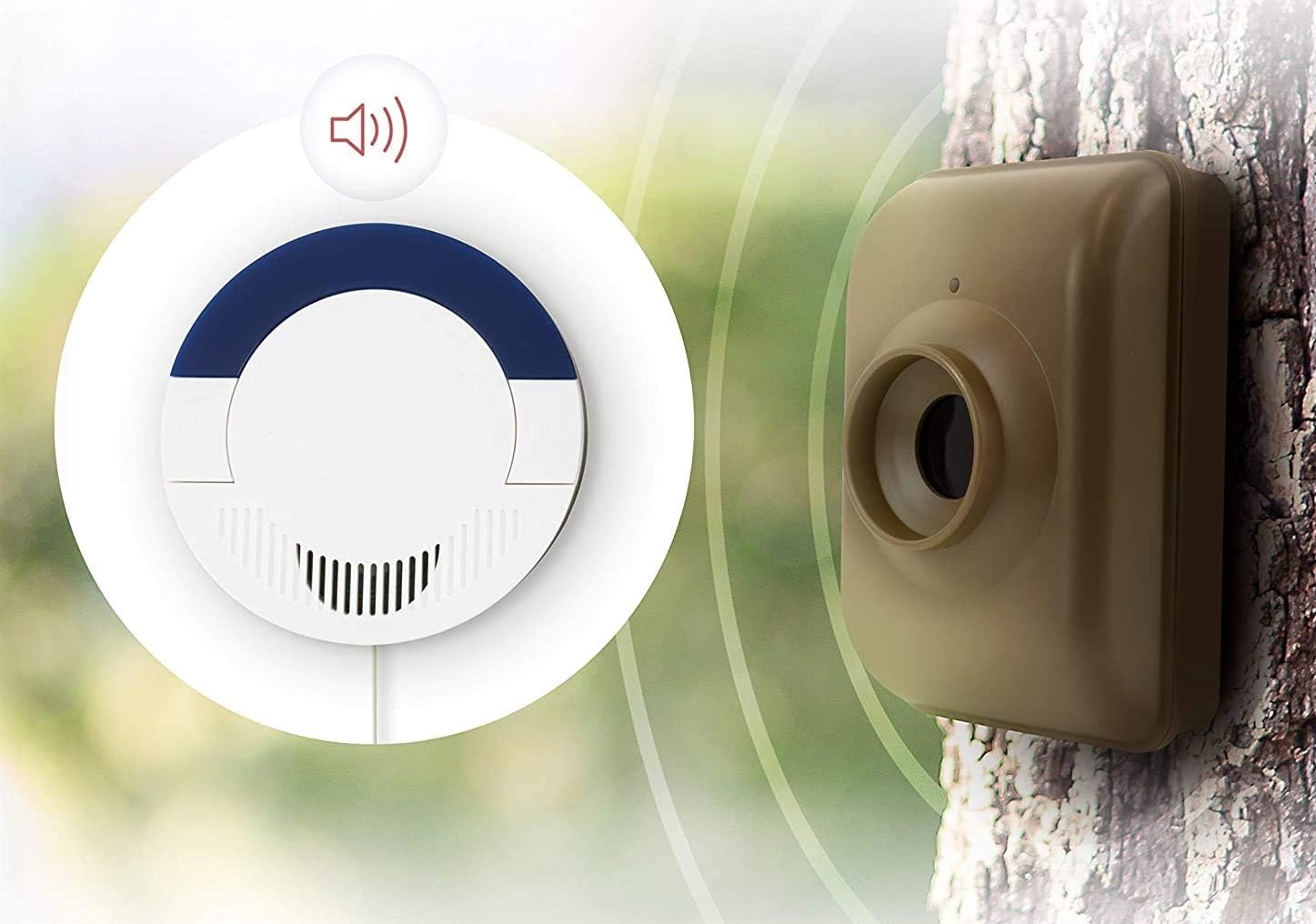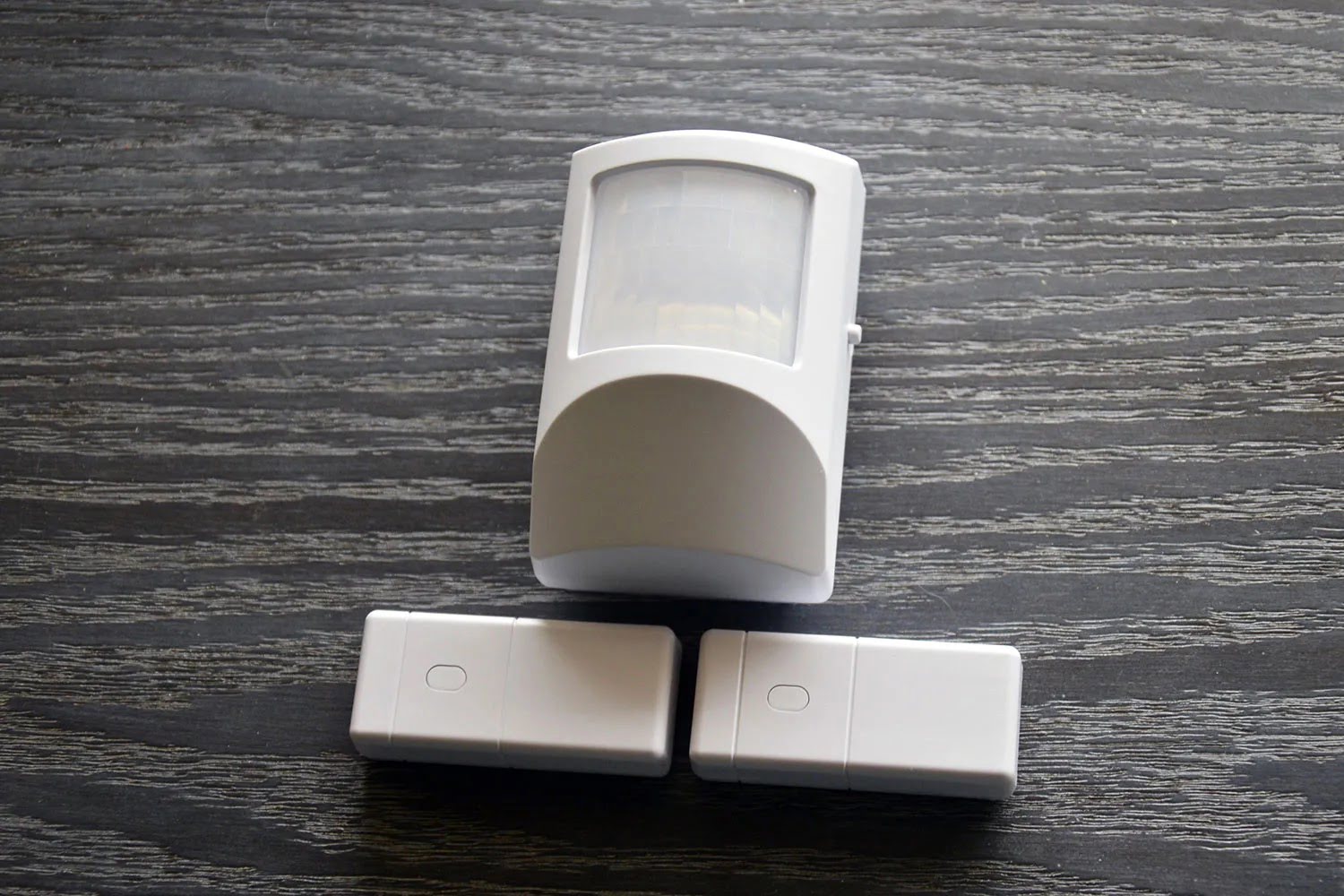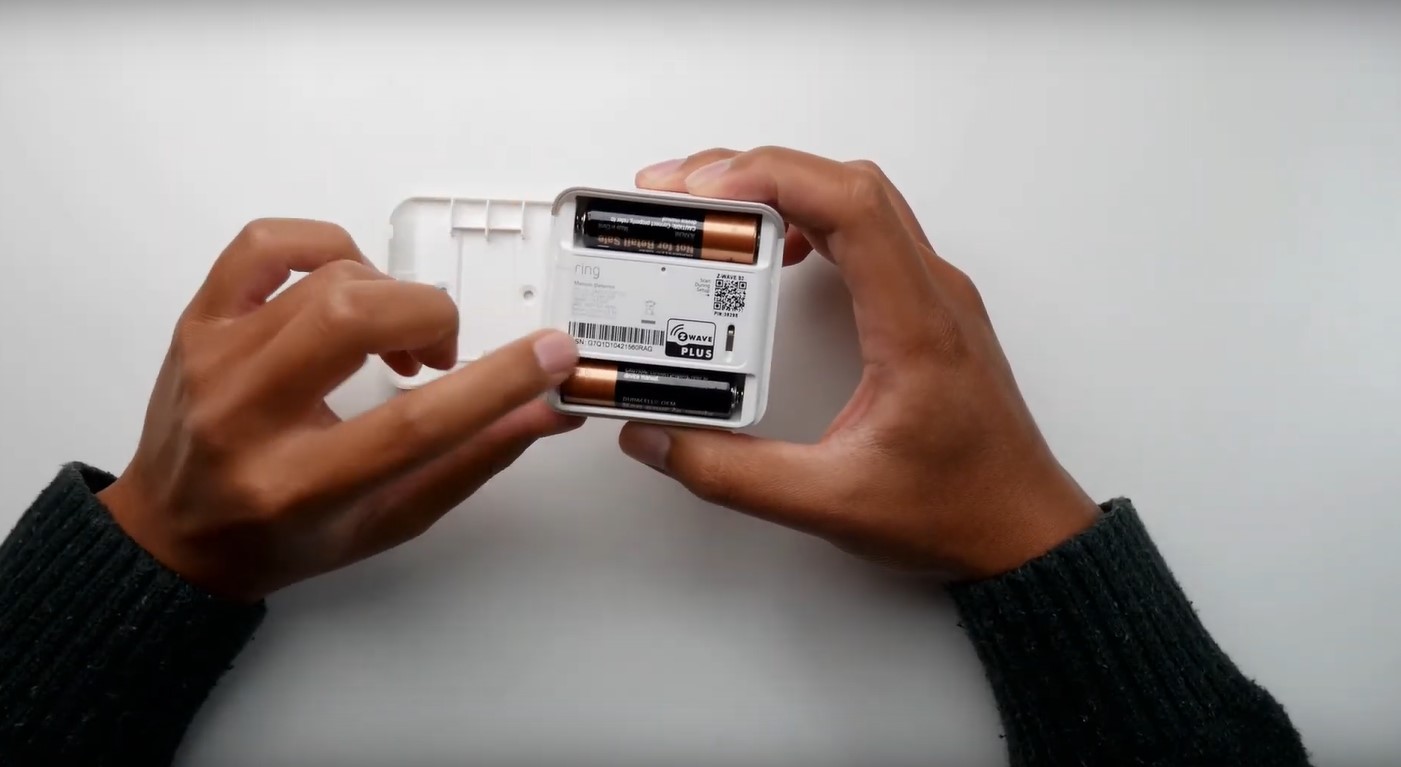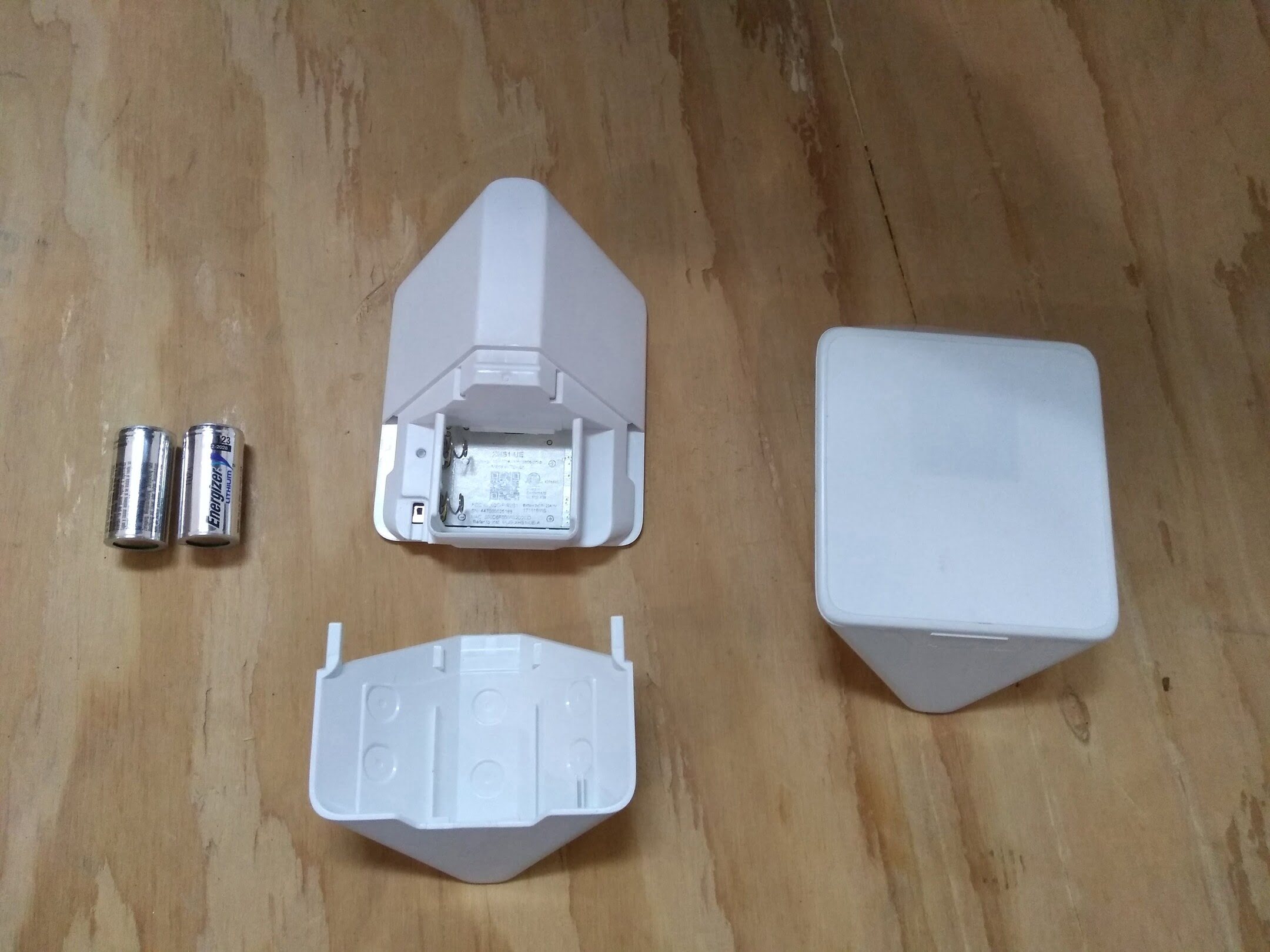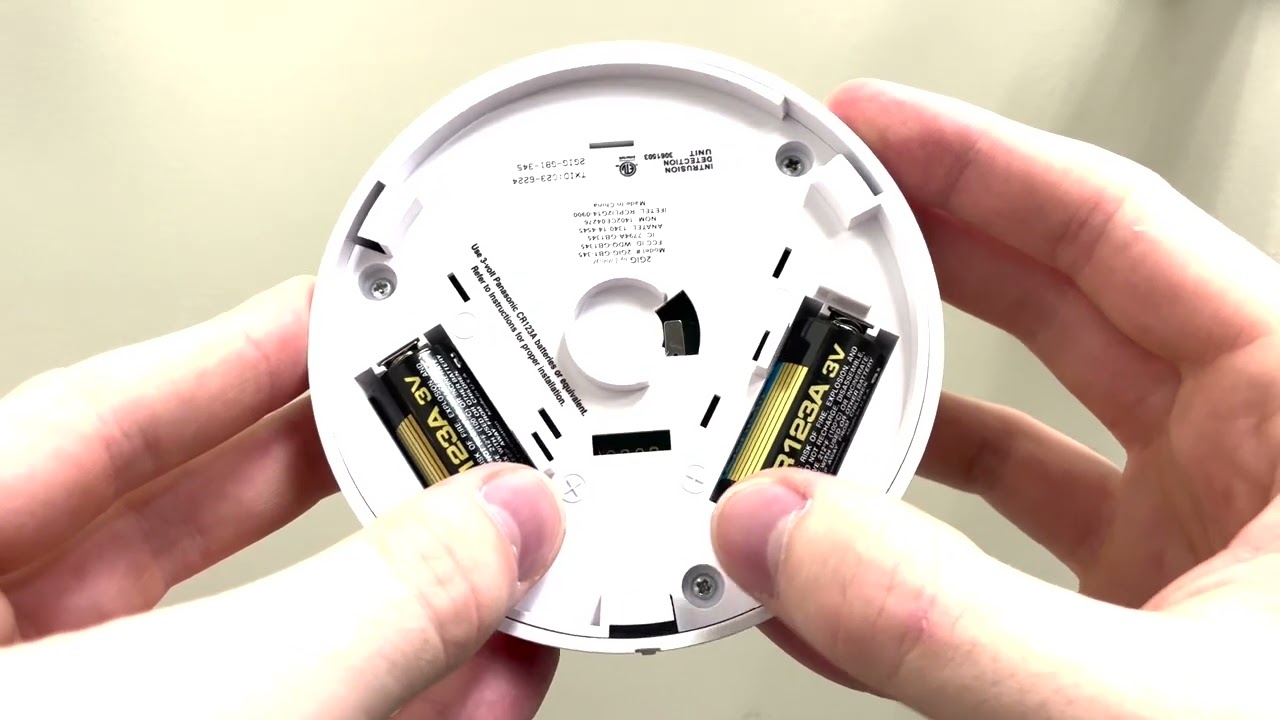Home>Home Security and Surveillance>How Do I Change The Battery In My Concord Motion Detector Alarm
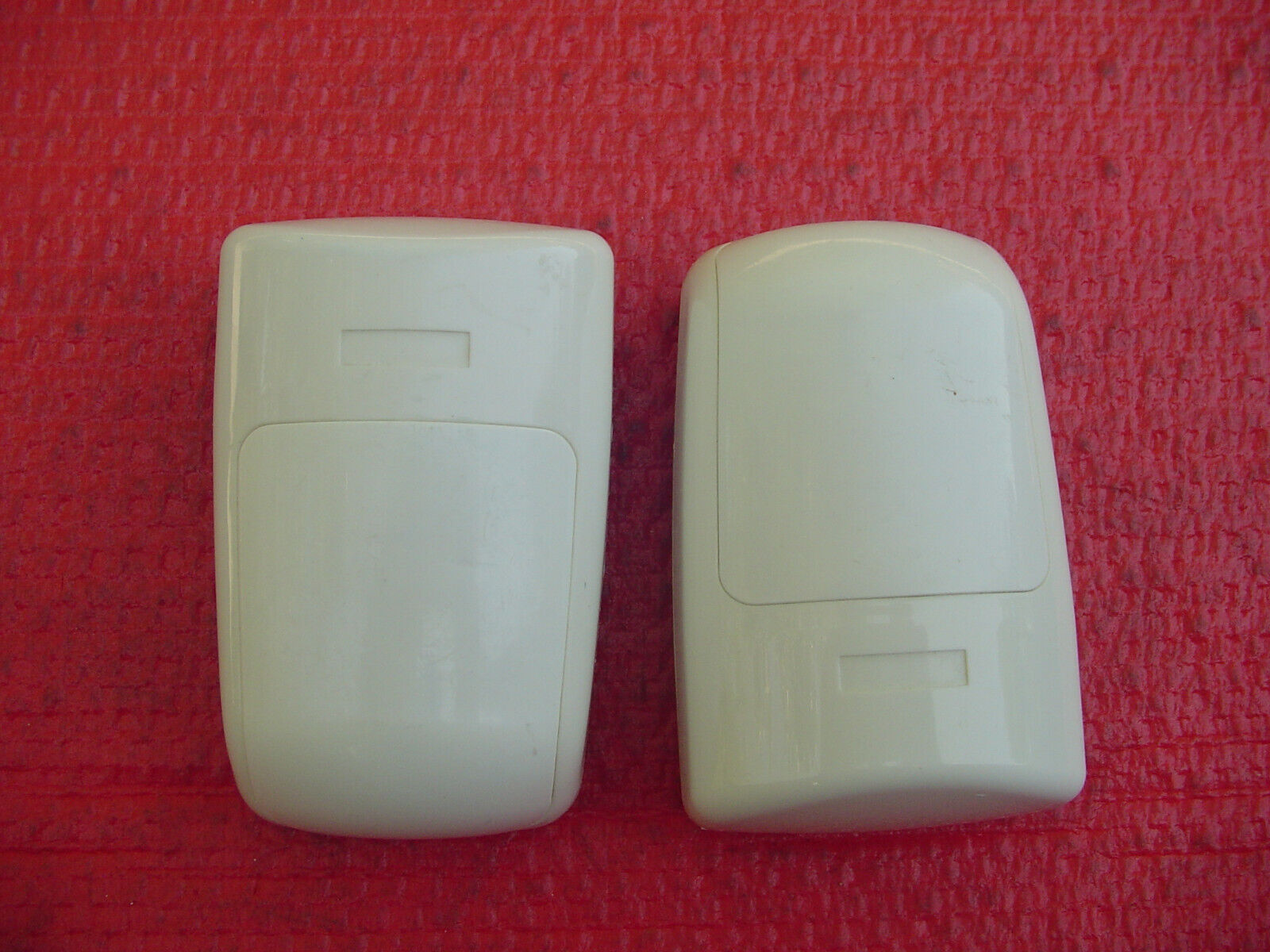

Home Security and Surveillance
How Do I Change The Battery In My Concord Motion Detector Alarm
Modified: March 6, 2024
Learn how to change the battery in your Concord Motion Detector Alarm for top-notch home security and surveillance. Ensure your system is always powered and ready to protect your home.
(Many of the links in this article redirect to a specific reviewed product. Your purchase of these products through affiliate links helps to generate commission for Storables.com, at no extra cost. Learn more)
Introduction
When it comes to home security, having a reliable and effective alarm system is crucial. Motion detector alarms are a popular choice for homeowners who want to protect their property from unauthorized access and potential threats. These devices use infrared technology to detect movement and trigger an alarm when an intruder is detected.
While motion detector alarms are designed to provide long-lasting performance, they do require regular maintenance, including battery replacement. Changing the battery in your Concord motion detector alarm is a simple process that can be done by following a few easy steps. In this article, we will guide you through the process of changing the battery in your Concord motion detector alarm, ensuring that your home security system remains functional and provides optimal protection.
By following the steps outlined in this article, you will be able to replace the battery in your Concord motion detector alarm with ease. Whether you have noticed a decrease in performance or simply want to ensure that your alarm system is operating at its best, changing the battery is an important task that should not be overlooked. So, gather your tools and let’s get started on this necessary maintenance task to ensure the continued effectiveness of your home security system.
Key Takeaways:
- Changing the battery in your Concord motion detector alarm is easy! Just gather the right tools, disarm the alarm, locate the battery compartment, remove the old battery, insert the new one, and test the system for peace of mind.
- Regularly changing the battery in your Concord motion detector alarm ensures it works effectively. Follow the simple steps to maintain your home security system and keep your property and loved ones safe.
Step 1: Gathering the necessary tools and supplies
Before you begin the process of changing the battery in your Concord motion detector alarm, it’s important to gather all the necessary tools and supplies. This will ensure that you have everything you need on hand and can complete the task efficiently. Here’s a list of the tools and supplies you’ll need:
1. New battery: First and foremost, you’ll need a replacement battery that is compatible with your Concord motion detector alarm. Check the manufacturer’s manual or label on the device to determine the specific type of battery required.
2. Screwdriver: Most motion detector alarms are secured with screws, so you’ll need a screwdriver to remove the cover and access the battery compartment. Make sure you have the appropriate size and type of screwdriver for your specific alarm.
3. Safety gloves: While not necessary, it’s a good idea to wear safety gloves when handling the battery. This will protect your hands from any potential contamination or injury.
4. Cleaning cloth: A soft, lint-free cloth can be handy to clean the battery compartment and remove any dust or debris that may have accumulated over time.
Once you have gathered all these tools and supplies, you’ll be ready to move on to the next step of disarming the alarm system. It’s important to have everything prepared in advance to avoid any unnecessary delays or interruptions during the battery replacement process.
With the necessary tools and supplies by your side, you’ll be well-equipped to tackle the task of changing the battery in your Concord motion detector alarm. Remember to always prioritize safety and follow the manufacturer’s instructions throughout the process to ensure a smooth and successful battery replacement.
Step 2: Disarming the alarm system
Before you can proceed with changing the battery in your Concord motion detector alarm, it’s important to disarm the alarm system to prevent any accidental activation during the battery replacement process. Here’s how you can do it:
1. Locate the control panel: The control panel is typically located near the main entrance or in a central area of your home. It may be mounted on the wall or placed on a tabletop. Look for a keypad or touchscreen interface.
2. Enter the code: Using the keypad or touchscreen, enter the security code that you use to arm and disarm your alarm system. This code is usually provided by the alarm company or set by you during the initial installation process.
3. Disarm the system: Once you have entered the correct code, you will usually see an option to disarm the system. Select this option to deactivate the alarm. Some alarm systems may require you to press a specific button or combination of buttons to disarm.
4. Verify the disarm status: After disarming the system, double-check that the alarm is indeed disarmed. Most control panels will display a status message indicating that the system is in the disarmed mode. Additionally, you can test it by opening a door or walking in front of the motion detector to ensure that no alarm is triggered.
By following these steps, you can safely and effectively disarm your Concord motion detector alarm system. Disarming the alarm ensures that no false alarms will be triggered while you are replacing the battery. Remember, the exact steps may vary depending on the specific model of your alarm system, so consult your user manual or contact your alarm company if you encounter any difficulties during the disarm process.
Once you have successfully disarmed the alarm system, you are ready to move on to the next step of locating the battery compartment in your Concord motion detector alarm.
Step 3: Locating the battery compartment
To change the battery in your Concord motion detector alarm, you’ll need to locate the battery compartment. The battery compartment is where the old battery is housed and where you’ll insert the new one. Here’s how you can find the battery compartment:
1. Remove the motion detector cover: Before accessing the battery compartment, you’ll need to remove the cover of the motion detector. Use a screwdriver to remove the screws that secure the cover in place. Set the screws aside in a safe place to avoid losing them.
2. Look for the battery compartment: Once the cover is removed, you should be able to see the internal components of the motion detector. Look for a small compartment or slot where the battery is located. This compartment may be labeled or color-coded for easy identification.
3. Check the user manual: If you’re having trouble locating the battery compartment, refer to the user manual that came with your Concord motion detector. The manual should provide detailed instructions and illustrations on how to access the battery compartment.
4. Inspect for any additional covers or compartments: In some cases, there may be multiple covers or compartments within the motion detector. Carefully inspect the device for any additional panels that need to be removed to access the battery compartment. Again, refer to the user manual for guidance if needed.
Once you have located the battery compartment, you’re ready to proceed with removing the old battery. It’s important to handle the motion detector with care and avoid touching any sensitive internal components. By following these steps, you’ll be on your way to successfully changing the battery in your Concord motion detector alarm.
Step 4: Removing the old battery
Now that you have located the battery compartment in your Concord motion detector alarm, it’s time to remove the old battery. Follow these steps to safely remove the old battery:
1. Wear safety gloves: Before handling the old battery, it’s recommended to wear safety gloves to protect your hands from any potential leakage or contamination.
2. Identify the battery type: Take a moment to identify the type of battery used in your motion detector. Common battery types include AA, AAA, or lithium batteries. This information can usually be found on the old battery itself or in the user manual.
3. Disconnect the battery: Carefully disconnect the old battery from the terminals within the battery compartment. In most cases, the battery will be connected with metal prongs or wires. Gently pull or slide the battery away from the connections, being mindful not to damage the terminals.
4. Dispose of the old battery properly: Once the old battery has been disconnected, it’s important to dispose of it properly. Many communities have designated recycling centers or drop-off locations for hazardous materials like batteries. Consult local guidelines or contact your waste management provider to ensure you dispose of the old battery in an environmentally friendly and responsible manner.
5. Clean the battery compartment: Before inserting the new battery, take a moment to inspect the battery compartment for any dust, debris, or corrosion. Use a clean, dry cloth to gently wipe away any contaminants and ensure a clean connection for the new battery.
By following these steps, you can safely remove the old battery from your Concord motion detector alarm. Properly disposing of the old battery is not only essential for environmental reasons, but it also ensures that your new battery will have a clean and efficient connection. With the old battery removed, you are now ready to proceed with inserting the new battery in the next step.
To change the battery in your Concord motion detector alarm, first, open the cover and locate the old battery. Remove it and replace it with a new one of the same type. Make sure to follow the correct polarity (+/-) when inserting the new battery. Close the cover and test the alarm to ensure it’s working properly.
Step 5: Inserting the new battery
With the old battery removed from your Concord motion detector alarm, it’s time to insert the new battery. Follow these steps to properly insert the new battery:
1. Check the battery polarity: Before inserting the new battery, it’s important to check its polarity. Batteries have positive (+) and negative (-) terminals, typically marked on the battery or indicated by color-coded labels. Take note of the correct polarity to ensure proper installation.
2. Align the battery: Align the new battery in the battery compartment according to the correct polarity. The positive terminal should align with the positive contact within the compartment, and the negative terminal should align with the corresponding negative contact.
3. Insert the battery: Gently insert the new battery into the compartment, ensuring a secure fit. Be careful not to force the battery or damage the terminals during the insertion process.
4. Double-check the battery placement: Once the new battery is inserted, double-check its placement and ensure that it is securely seated in the compartment. A loose or improperly placed battery may result in poor performance or intermittent connection.
5. Replace any covers or panels: If you removed any additional covers or panels in Step 3, make sure to properly reassemble them. Align the covers or panels with the motion detector and use the screws to secure them back in place. Tighten the screws but be cautious not to over-tighten to avoid damaging the device.
By following these steps, you can successfully insert the new battery into your Concord motion detector alarm. Taking care to align the battery properly and ensure a secure fit will help maintain a reliable and effective connection. With the new battery in place, you’re ready to move on to the next step of reassembling the motion detector.
Step 6: Reassembling the motion detector
After inserting the new battery into your Concord motion detector alarm, the next step is to reassemble the device. Proper reassembly ensures that the motion detector is secure and protected. Follow these steps to reassemble the motion detector:
1. Replace the cover: Take the motion detector cover that you removed in Step 3 and align it with the device. Carefully position the cover over the internal components, making sure it fits properly.
2. Secure the cover: Once the cover is in the correct position, use the screwdriver to insert and tighten the screws that secure the cover in place. Make sure the screws are tightened adequately, but avoid overtightening as it may damage the device or cover.
3. Check for proper alignment: After securing the cover, visually inspect the motion detector to ensure that it is properly aligned and there are no gaps or loose parts. A properly reassembled motion detector should fit snugly and appear visually consistent with its original state.
4. Test the motion detector: Once the motion detector is completely reassembled, test it to ensure that it is functioning correctly. Arm the alarm system using the keypad or touchscreen interface, and walk in front of the motion detector to trigger an alarm. Verify that the alarm activates as expected and that the motion detector is properly detecting movement.
By following these steps, you can successfully reassemble your Concord motion detector alarm. It’s important to ensure that the device is securely fastened and functioning correctly to provide optimal home security. With the motion detector reassembled, you’re ready to move on to the final step of testing the alarm system.
Step 7: Testing the alarm system
After changing the battery and reassembling your Concord motion detector alarm, it’s crucial to test the alarm system to ensure that everything is functioning correctly. This final step will give you peace of mind and confirm that your home security system is in proper working order. Follow these steps to test the alarm system:
1. Arm the alarm: Use the keypad or touchscreen interface to arm the alarm system. Enter the security code as required to activate the system. Make sure all doors and windows are closed and secure before proceeding.
2. Trigger the motion detector: Once the alarm is armed, walk in front of the motion detector to trigger its sensors. Move within the range of the motion detector as you would if you were an intruder attempting to enter your home.
3. Check for alarm activation: As you trigger the motion detector, listen for the alarm to sound. The alarm should activate promptly when movement is detected. If the alarm does not activate, it indicates a potential issue with the motion detector or the battery installation.
4. Verify alarm reset: After the alarm is triggered and the system sounds, disarm the alarm using the keypad or touchscreen interface. The alarm should reset and enter the disarmed mode without any issues. If the alarm does not reset, double-check the battery installation and ensure it is securely positioned.
5. Repeat the test: Perform the test a few more times to ensure consistent and reliable detection by the motion detector. This will confirm that your alarm system is functioning properly and ready to protect your home.
By following these steps and testing the alarm system, you can verify that your Concord motion detector alarm is fully operational. If you encounter any issues during the testing process, refer to the user manual for troubleshooting tips or contact the alarm system manufacturer or provider for further assistance. Regularly testing your alarm system is essential to maintain its effectiveness and ensure the safety and security of your home and loved ones.
Congratulations! You have successfully changed the battery in your Concord motion detector alarm and tested the functionality of your alarm system. With these steps completed, you can now enjoy the peace of mind that comes with a properly functioning home security system.
Conclusion
Maintaining and ensuring the functionality of your home security system is of utmost importance for the safety and security of your property and loved ones. Changing the battery in your Concord motion detector alarm is a critical task that should be performed periodically to ensure optimal performance.
In this comprehensive guide, we have walked you through the step-by-step process of changing the battery in your Concord motion detector alarm. From gathering the necessary tools and supplies to disarming the alarm system, locating the battery compartment, removing the old battery, inserting the new battery, reassembling the motion detector, and finally testing the alarm system, each step is crucial for a successful battery replacement.
By following these instructions, you can confidently change the battery in your Concord motion detector alarm and maintain the reliability and effectiveness of your home security system. Regularly checking and replacing the battery will help prevent any interruptions in your alarm’s operation and ensure that it functions optimally to detect any potential threats.
Remember to always consult the user manual provided by the manufacturer and follow their specific guidelines for your Concord motion detector alarm. Every alarm system may have its unique requirements, and it’s important to understand any specific instructions or precautions before attempting to replace the battery.
Protecting your home and loved ones starts with a functional and well-maintained security system. By taking the time to change the battery and perform routine maintenance tasks, you are investing in the security and peace of mind that comes with knowing your home is adequately protected.
So, take a proactive approach to home security and follow the steps outlined in this guide to change the battery in your Concord motion detector alarm. By doing so, you can ensure that your home security system remains reliable, efficient, and ready to safeguard your home now and in the future.
Frequently Asked Questions about How Do I Change The Battery In My Concord Motion Detector Alarm
Was this page helpful?
At Storables.com, we guarantee accurate and reliable information. Our content, validated by Expert Board Contributors, is crafted following stringent Editorial Policies. We're committed to providing you with well-researched, expert-backed insights for all your informational needs.
